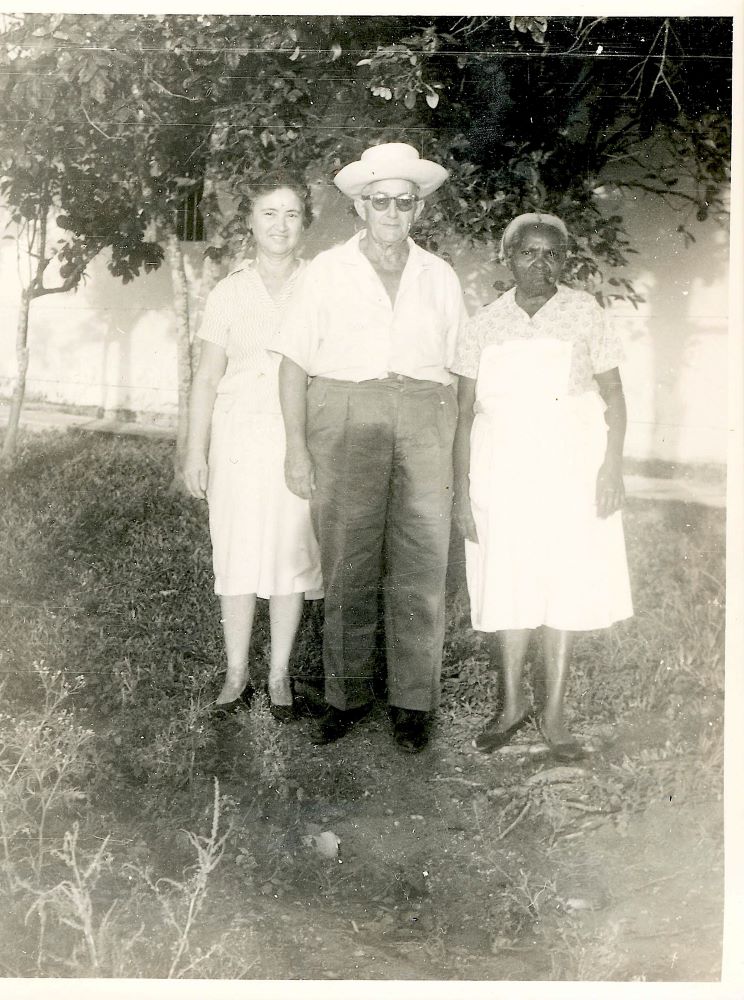When my dad fled Cuba for Spain in 1964, he left behind parents whom he never saw again: Agustín Guerra, an orphaned peasant who beat the odds to become a small tobacco farmer, and Aurora Almirall, a graduate of one of Cuba’s rigorous escuelas normalistas and a rural teacher who founded a one-room school in 1926. In addition to telling joyful stories about his neighbors, friends, and extended family, my father always talked about his mother Aurora in relation to Ñica, the Black woman who had been my abuelos’ domestic servant for decades—before and after the 1959 Cuban Revolution. As my father made clear, my grandmother could never have raised her three sons and taught classes in her isolated public school without Ñica. Not only did Ñica perform critical household labor that made their farmhouse an immaculate home, but she proved a constant companion to Aurora and a caring witness to her struggles, including Agustín’s often tyrannical temper and his efforts to control my grandmother’s earnings and social activities. Mami always hated being photographed! Ñica’s daughter laughingly told me years later when, together, we tearfully examined this photograph. Even before the rise of communism, having one’s picture taken was a rare experience, especially in rural Pinar del Rio, where virtually nobody owned a camera for most of the last century. People cherished copies of the cheap, passport-sized pictures that they had taken by studio photographers in order to get a government-issued ID. But Ñica never worked for the state; she worked for my family and only on the weekends did go home to her own. In 1965, when my delightfully bossy maternal great aunt (and fellow public school teacher) Chacha drove from Cienfuegos to the farm for a visit, Ñica grumpily consented to pose for her camera—but only after Tía Chacha promised she would find a way to send it to Nené, my dad, who had finally arrived in the United States. Photograph by Silvia Suárez del Villar y Suárez del Villar, Marcos Vásquez, Pinar del Río, 1965.
